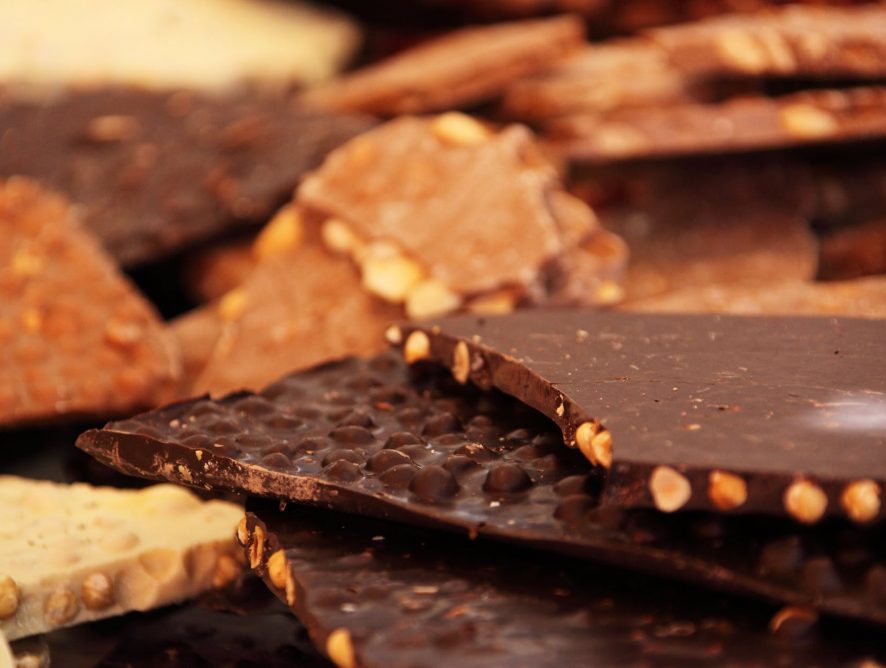Every time we hear about Switzerland, the word chocolate is on our mind. Switzerland is a small country in Europe, and chocolate is its most famous product. Every year, they attract a large number of guests longing to purchase famous, home-grown chocolate products of great quality. The Swiss chocolate will slowly melt in your mouth with a lasting flavor of Alpine milk. The two main characteristics of Swiss milk chocolate are the high percentage of cocoa butter that allows the chocolate to melt quickly, and the dense Alpine milk produced by the grass-fed cows on the Alps.

Swiss chocolate has an impressive history. The first time that Switzerland started processing chocolate was in the 17th century. A few regions started to produce it in the 18th century, and in the 19th and 20th centuries, many chocolate factories were set up. The first company that brought chocolate to Switzerland was Cailler in 1819. They also developed the first chocolate brand that still operates today. Daniel Peter invented the milk chocolate in 1875, and after that, it expanded abroad. Nowadays, Swiss chocolate is available everywhere in the world but, it would be a real adventure to go to engelberg hotel in Switzerland, relax, and take pleasure in the pure milky flavor of the Swiss chocolate.
In 1879, Rodolphe Lindt developed a process called ‘conching’ that produces cocoa and tiny pieces of sugar, unrecognizable for the tongue. Before that, chocolate had a rough and sandy texture. In the 19th century, Jean Tobler, the Frey brothers, Philippe Suchard and many others helped Switzerland to become the home of the best chocolate in the world. Some of the most famous and favorite chocolate brands in the world today are Lindt & Sprüngli, Cailler, Toblerone, Coop Prix Garantie, Teuscher, and Frey. They are all different but, equally delicious and rich in flavor.

Today, Switzerland produces and exports considerable amounts of chocolate worldwide. According to Chocosuisse, 2017 was a successful year for their chocolate industry with more than 190.000 tons of chocolate sold. However, last year the number of domestic sales fell by 1.3% suggesting that the Swiss are eating less chocolate while their exports are continually rising with the main markets in Germany, France, Canada and the United Kingdom.

